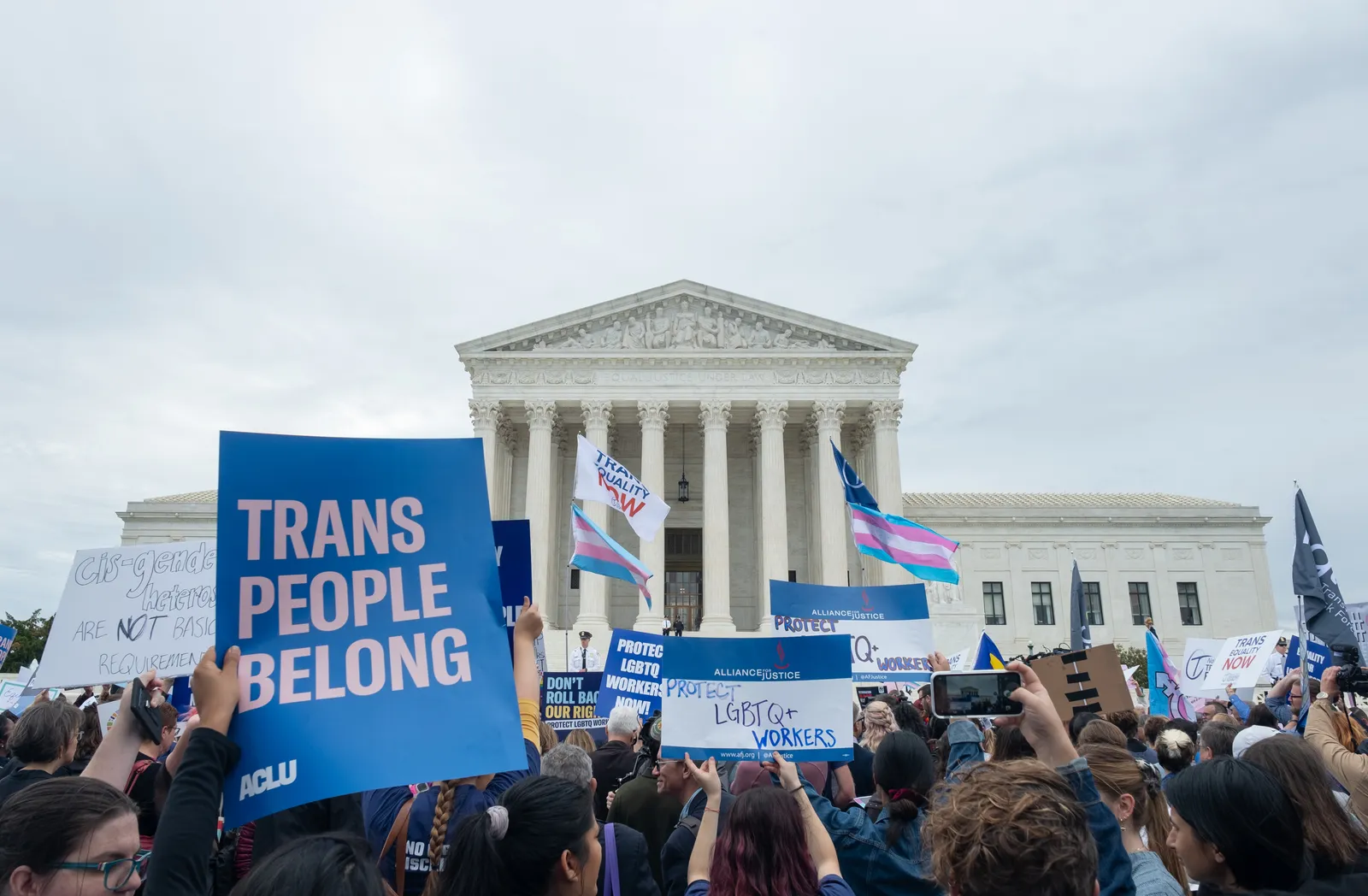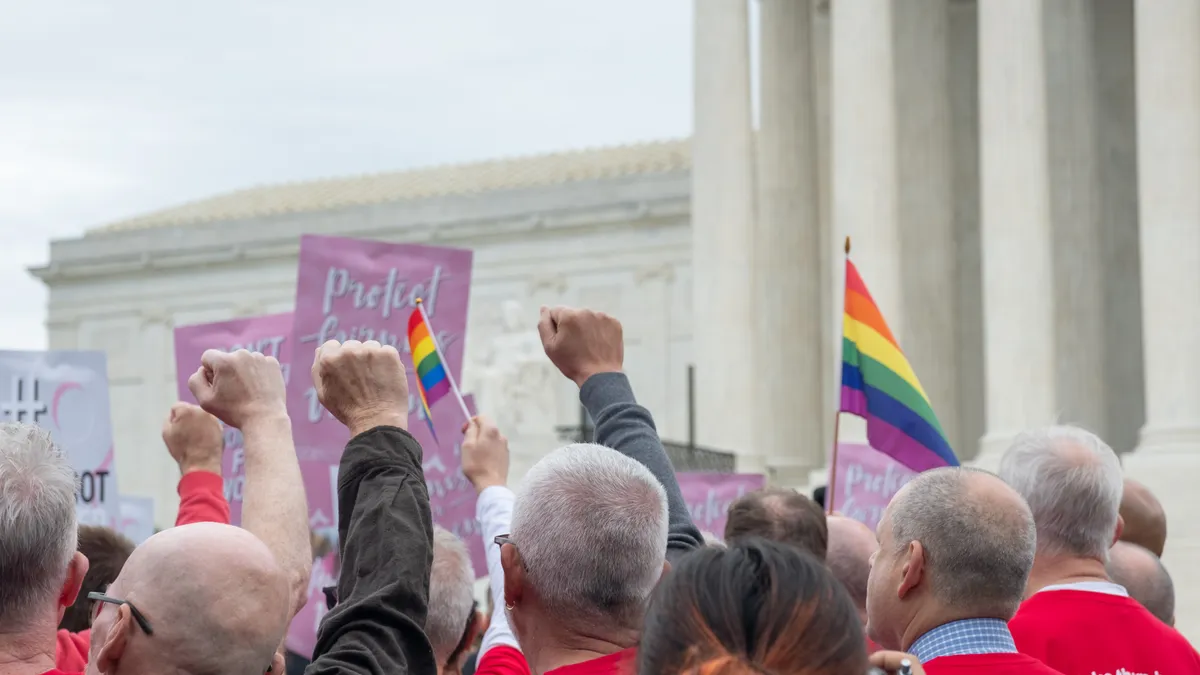In 2020, the U.S. Supreme Court held that federal law prohibits employment discrimination based on sexual orientation and gender identity. The decision, Bostock v. Clayton County, was a landmark event that guaranteed new rights for many workers — but it also was just the beginning of a massive, ongoing shift.
Specifically, Bostock was important because it made clear that discrimination on the basis of sex also included discrimination based sexual orientation and gender identity, said Gwendolyn Reams, associate general counsel for the U.S. Equal Employment Opportunity Commission.
It was an important clarification, with potential broad impact, on who and what Title VII of the Civil Rights Act of 1964 — a law will see its 60th anniversary July 1 — covers.
Bostock clarifies Title VII protections
From an employer’s point of view, Bostock was “big and small at the same time,” said Brian McGinnis, partner at Fox Rothschild LLC. It was big in that it answered the question of whether or not Title VII prohibits termination on the basis of sexual orientation or gender identity.
But it was also “quite small in the sense that the court framed its opinion” as being about termination, he said. “What does it look like if there’s a hostile work environment based on gender identity? What does it look like if there’s a disparate impact based on sexual orientation?” he asked.
EEOC has weighed in via guidance and that’s something that courts look to, it’s not binding. Bostock won’t be the end of determining how sexual orientation and gender identity is protected, but rather just the start.
It remains to be seen “what is the effect as these theories get tested in federal cart and how does it play out?” he said. “A lot of this is going to depend on individual plaintiffs and their individual circumstances and litigating cases and theories of proof.”

What employers need to know
While Bostock was a landmark case in terms of gay and transgender rights, it shouldn’t have made much of a day-to-day difference to many employers because they already were working to treat employees equally, and letting them feel free to be themselves in their workplace, McGinnis said.
“Yes there are new things to learn, but it’s a similar framework. It’s treat everyone the same,” he said. Employers should look at their policies to make sure they’re not favoring or excluding one group of people, and “making sure that we have a diverse workforce and extending mentorship and professional opportunities in an equitable way.”
Many employers had already included sexual orientation and gender identity in DEI and nondiscrimination training, but it’s crucial that such efforts are not merely “check the box training,” McGinnis said. Instead, training should be woven into the DNA of the company by it being done often, and in a continuous fashion. Training can include information about what constitutes harassment based on sexual orientation and gender identity, but it also should be “in the vein of your general respective workplace principles,” he added. “That shouldn’t change.”
This will help in terms of litigation avoidance, but it’s also just good business, according to McGinnis. “The bottom line is that companies that support their workers, whoever they are, do better,” he said. “They have happier employers, they’re more productive, they recruit better and they retain talent longer.”
Four years out from Bostock, many questions remain. Case law driven by employee lawsuits will take time to develop, and a challenge to EEOC’s guidance remains in the early stages of litigation. EEOC’s Reams said the decision and its effects are a prime example of how Title VII — a law that touches the lives of all workers — continues to grow and change.













